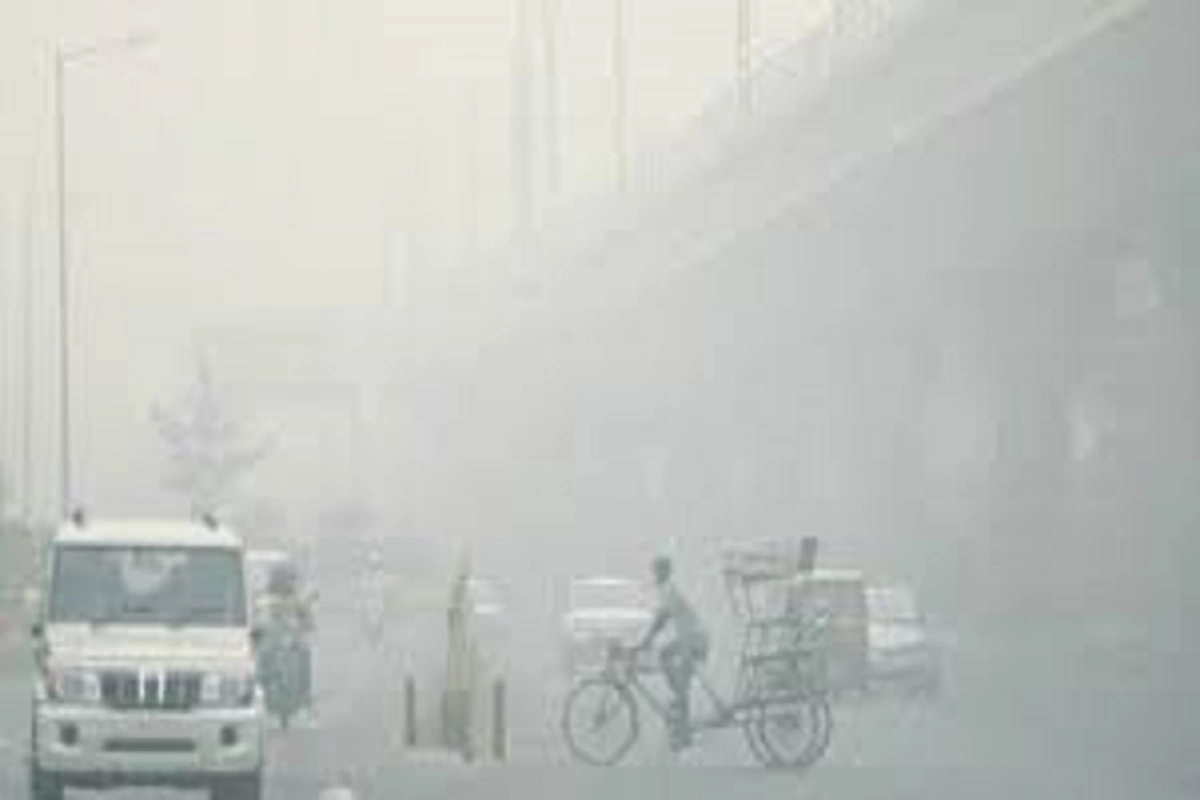
There were areas with extremely poor air quality, such Anand Vihar.
With the city on the verge of a public health emergency and an air quality index (AQI) of 364 on Wednesday—the lowest this season—Delhi’s air quality remained in the extremely bad category on Thursday. At eight in the morning, the total AQI was 351 (extremely poor). At 8:05 a.m., areas including Punjabi Bagh (416), Anand Vihar (413), Bawana (401), and Mundka (420) had extremely poor air quality. Parts of the Capital, including the Mundka (417), Anand Vihar (416), the Wazirpur (409), and Punjabi Bagh (408), registered AQI in the same zone on Wednesday. On Wednesday afternoon, Bawana and Rohini reported brief episodes of severe weather.
Also Read :Markets rise in early trading following two days of declines
Despite several mitigating measures, air pollution levels were expected to increase over the next two weeks. Still breezes and falling mercury caused local contaminants to concentrate in the air, which was the main source of the haze that was engulfing Delhi. Due to favorable wind directions, farm fires in neighboring states nevertheless only made up a small portion of the total.
Due to farm fires, Delhi’s PM2.5 (ultra-fine particle pollution) levels on Wednesday were estimated by the Union Earth Sciences Ministry’s Decision Support System (DSS) to be approximately 13%. 11.4% of the city’s total came from the transportation industry, and 10.4% came from Gautam Budh Nagar, a nearby city. Pollution is not measured in real time by DSS.
Though they have escalated over the past week in Punjab and Haryana, farm fires have not yet reached the typical levels for this time of year. A week ago, there were 442 farm fires in Punjab and Haryana; on Tuesday, 1,556 were reported, almost tripling the figure. However, they were lower than the 3,137 in 2021 and the 1,769 on October 31 of last year. The data of stubble fires varies from year to year because of variations in harvesting and cropping practices.
The majority of the farm smoke is carried across the border and towards Rajasthan by a southeasterly current, similar to the one currently affecting the capital. It is headed toward the city by a northwesterly current.
Children, the elderly, and people with weakened immune systems or pre-existing diseases are all impacted by bad air. Healthy individuals are also at risk from the high levels of pollution that Delhi is currently facing. In addition to nausea, bronchitis, asthma, anemia, and severe respiratory infections can be brought on by polluted air.
An investigation conducted in 2018 by the World Health Organization (WHO) revealed that expectant mothers who breathe in contaminated air have a higher chance of preterm birth and low birth weight babies. Air pollution can cause children cancer and has an adverse effect on neurodevelopment and cognitive function.
Also Read :Liquor bottles stolen by crowd in Bihar’s Siwan after car meets with accident
According to WHO, children who grow up in environments with high air pollution levels are probably more likely to develop chronic illnesses like cardiovascular disease.
There has been a recorded increase in the number of people experiencing severe coughs, allergies, and respiratory ailments in correlation with the rise in pollution.
On Thursday and Friday, bright skies with moderate fog were predicted for Delhi. The morning on Thursday was probably going to be calm with the main surface breeze coming from the east and northwest.
To read more such news, download Bharat Express news apps


















